Whether you’ve recently moved house, or just looked outside for the first time in months, anyone can find themselves facing a neglected garden. It’s intimidating. Overgrown plants, out of control trees, more weed than lawn – where do you start? There are a few things worth bearing in mind, and preparation is key, so here is our advice on how to restore a neglected garden. Take on the challenge!
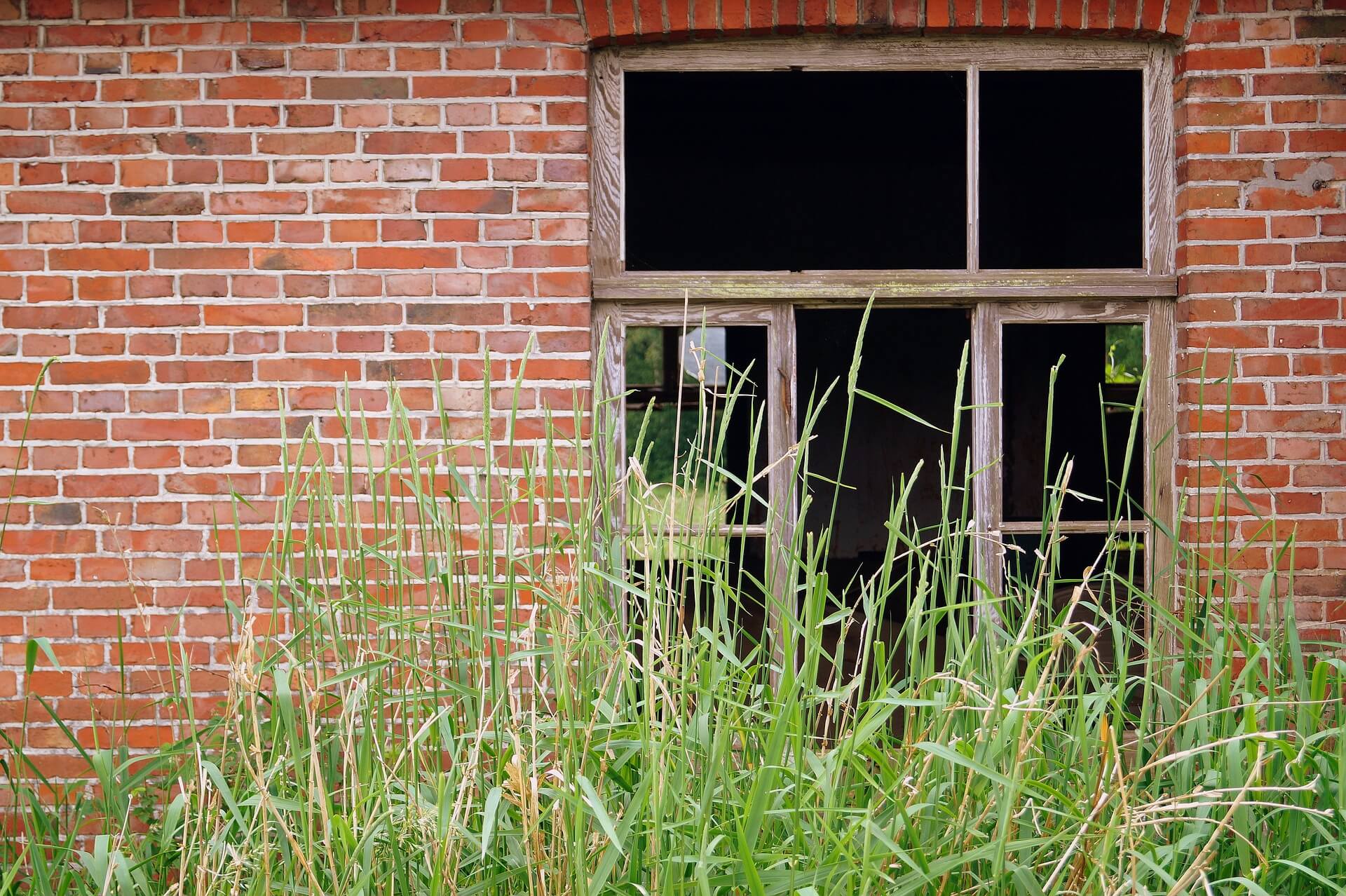
Tips for restoring a neglected garden
1 – Be patient
It’s best to wait a full year before you get started if possible. See what the garden looks like in all seasons, which areas become shady or full of life. What appears to be a pile of twigs now may blossom into a beautiful tree come spring.
2 – Make a list
While you’re waiting, observe what you like and dislike about the garden. Write it all down – plants, trees and any other features.
3 – Create space
When you’re ready to tackle the garden, the first step is to clear the area. You’ll see exactly what you have to work with and it will make designing your new garden much easier. It often helps to do this over winter. Try to compost any organic matter you clear for later use.
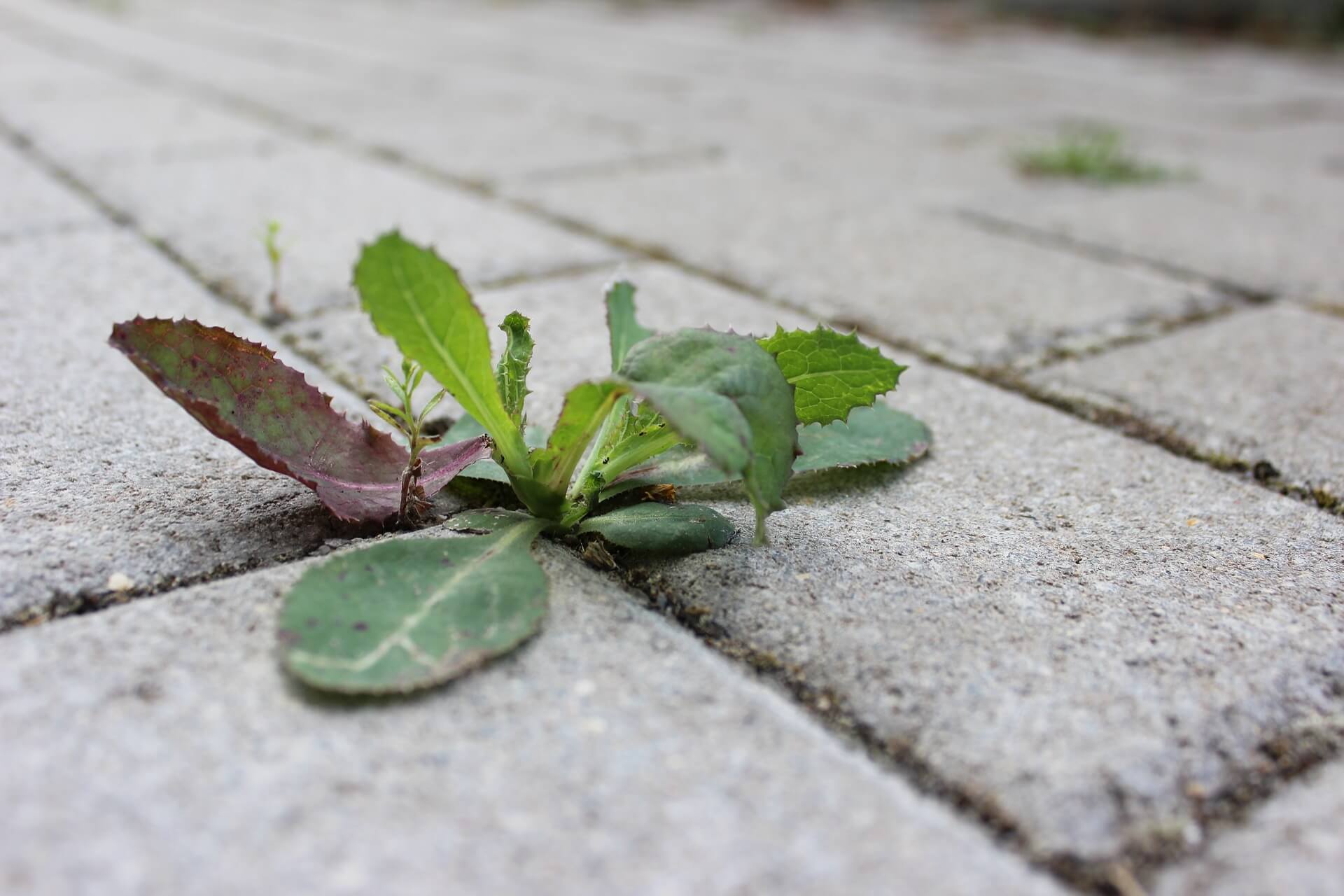
4 – Leave the trees
Cut back overgrown hedges and weeds, but hold back on the trees at first. They can be very difficult to fully remove (you’re often left with a huge stump that’s worse than before) and take so long to grow and establish that it’s difficult to replace them.
5 – Choose which plants to keep
A weed is any plant you don’t want – so dig it up. Remember that plants can be moved if you’d prefer them somewhere else, just treat them with care. This will save you money too. If you need help identifying plants, ask in the Primrose Gardens community.
6 – Take it a step at a time
If you work methodically on one area of your garden at a time, you will see the fastest improvements – which can be great motivation! Work to a design plan, keeping in mind where structural changes like decking, raised beds and sheds will go.

7 – Prune
Pruning back existing plants gives two benefits – it makes more space and encourages fresh growth. If you’re unsure which plants need pruning or how to go about it, ask on Primrose Gardens or email our gardening expert.
8 – Rejuvenate the lawn
Depending on how long your garden’s been neglected, the lawn could be in any state. Start by mowing the grass and trimming the edges to get it tidy. Then reseed any bare patches or lay down new turf if you need grass in additional places.
9 – Know your budget
Before you go crazy on the spending front, be mindful of your budget so costs don’t get out of control and grind your project to a halt. Landscaping can get very expensive, especially for large areas, but planting is relatively cheap – especially if you grow from seed.
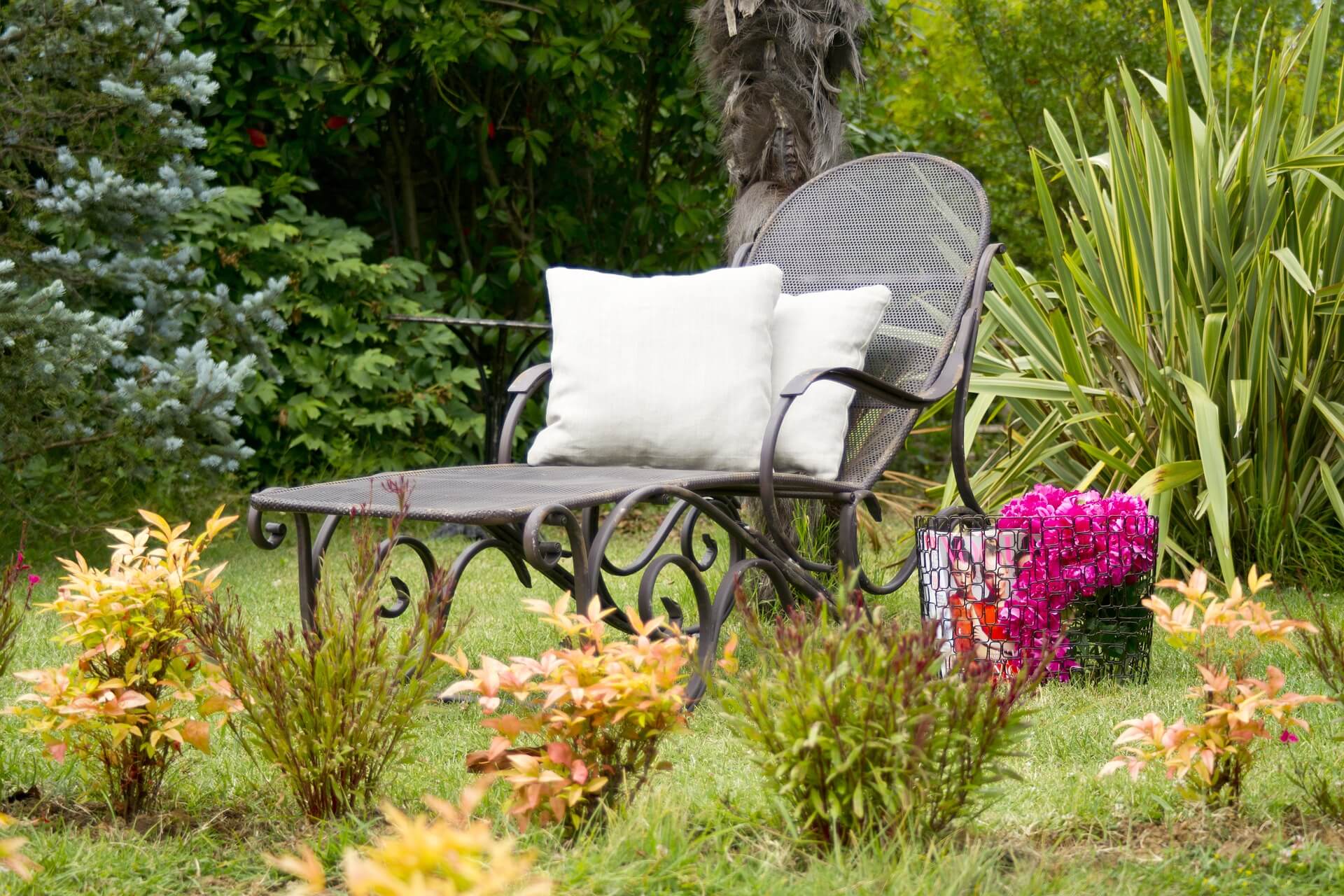
10 – Pick your theme
Deciding on a consistent theme for your garden will make all the difference in taking it from standard to exceptional. Visit show gardens and exhibitions like Hampton Court or watch gardening shows for inspiration.
11 – Add finishing touches
Finally it’s time to take your garden from usable to somewhere you really want to be. Clean up and paint or varnish the woodwork. Plant up any gaps in the flowerbeds. Tidy the borders with edging. Add some furniture for comfort and decorations to express your style.
Maintaining your restored garden
Once the hard work is done, of course you want to avoid the garden ever falling into the state it was in when you started. In the simplest terms you need to keep on top of anything that grows getting out of hand. This is what makes the garden look messy and can cause plants to become overcrowded and rot. Make sure you mow the lawn regularly and trim the edges. Prune plants and trees as necessary each year. Weeds are unfortunately unavoidable, so make time each week for getting rid of them.
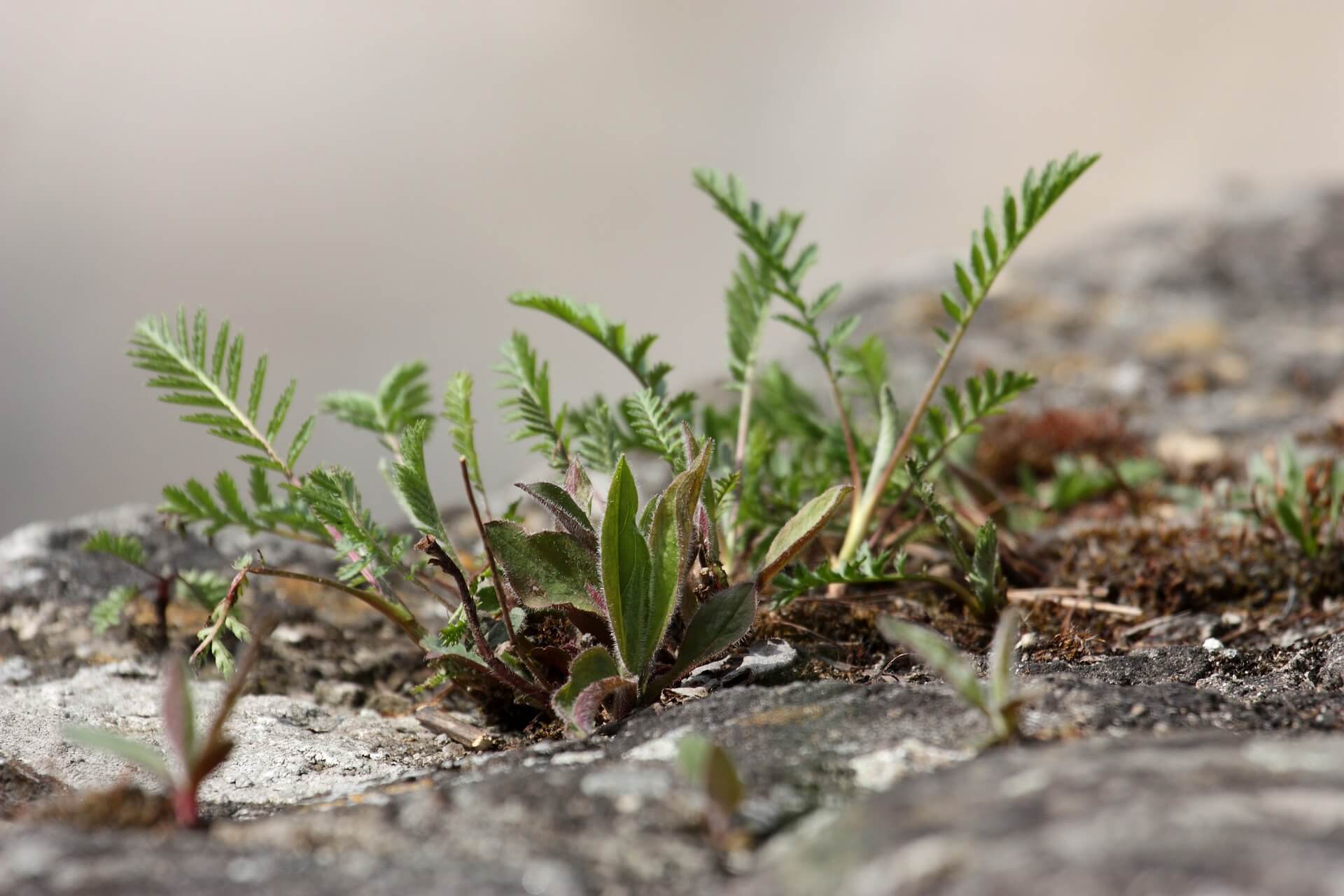
Aside from that, you just need to look after the non-living items like you would do in the house. Keep the fences, furniture and patios clean. Furniture covers will protect your chairs and tables from the elements. Don’t be afraid to give woodwork a new coat of paint to keep it looking fresh. Experiment with new colours and styles in your blooms.
If too much maintenance sounds daunting then it’s worth keeping this in mind while you’re redesigning your garden. Choose options that will make your life easier down the line. Hardy plants can be mostly left to fend for themselves and won’t require as much of your time. Straight-edged lawns are much quicker to mow than curves, or perhaps you’d rather have artificial grass to eliminate the issue entirely.
Tools for restoring your garden
What will you need for your garden transformation? Here are some of the essentials:
- Hedge trimmer
- Lawn mower
- Edge trimmer
- Pruning shears
- Fork
- Spade
- Gardening gloves
… But there may be many more specialist items depending on the scale of your project, from chainsaws to industrial diggers!
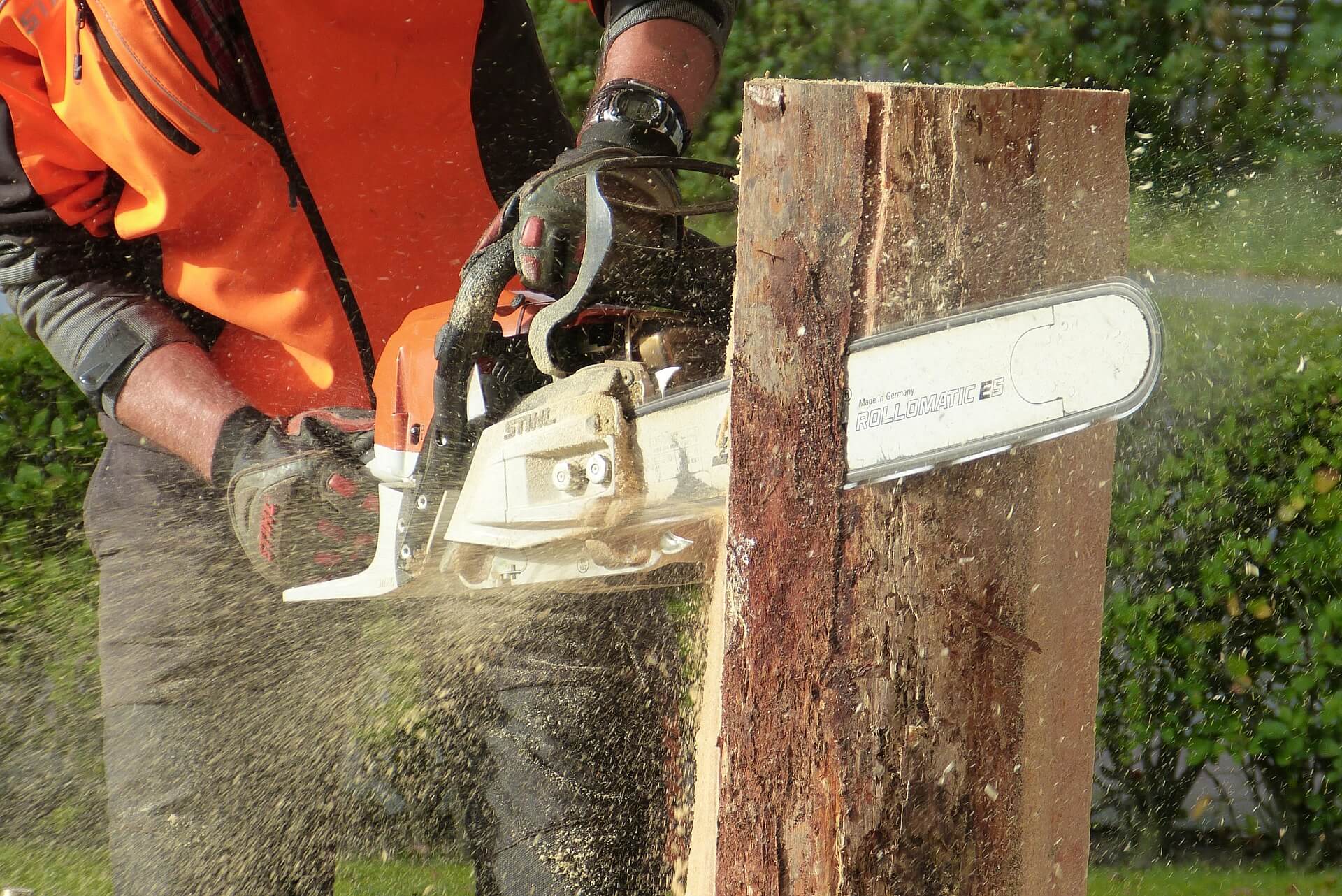
Embrace the challenge
So there we have it – our tips for getting through your neglected garden restoration. If you’ve ever tackled an unloved outdoor space, let us know what you learned along the way in the comments below. But most importantly, don’t be intimidated. See it as a fun challenge, whether you’re an experienced gardener or this is the first time you’re getting your hands dirty. It’s liberating – after all, you can’t make the garden any worse than it already is!
–
George works in the Primrose marketing team. As a lover of all things filmic, he also gets involved with our TV ads and web videos.
George’s idea of the perfect time in the garden is a long afternoon sitting in the shade with a good book. A cool breeze, peace and quiet… But of course, he’s usually disturbed by his energetic wire fox terrier, Poppy!
He writes about his misadventures in repotting plants and new discoveries about cat repellers.